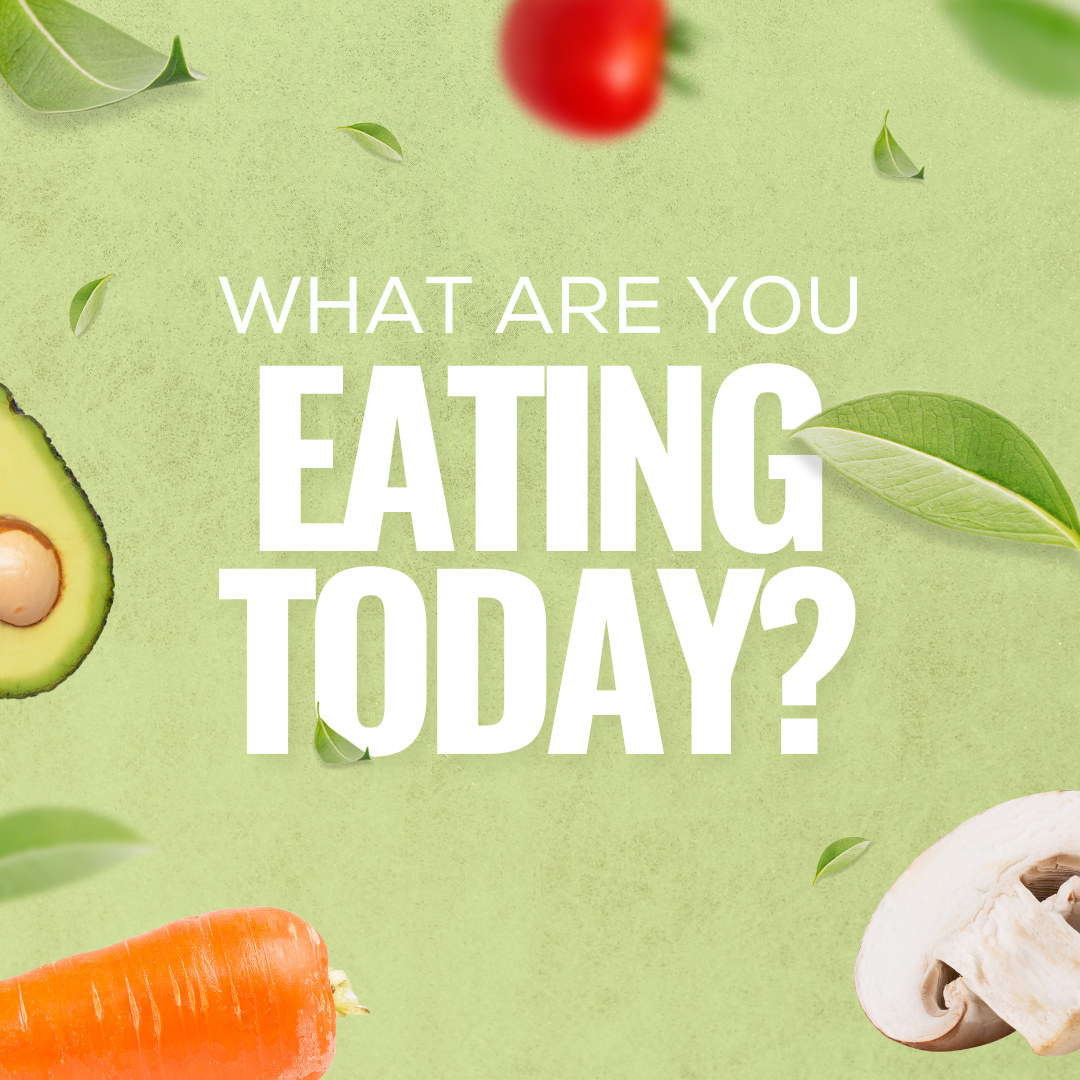How well do you eat?
On this World Environment Day, let’s take a moment to reflect on the impact of our food choices on the planet. Our daily meals have far-reaching environmental consequences, from the way food is produced to the resources used in transportation and packaging. By adopting sustainable eating habits, we can make a significant positive difference in reducing our carbon footprint and preserving our planet for future generations.
In our fast-paced modern lives, it’s easy to overlook the importance of nourishing our bodies with wholesome, nutrient-rich foods. But how well do we really eat? Are our dietary choices aligned with our health and well-being goals? In this blog, we embark on a journey towards healthy and balanced eating, exploring the key components of a nutritious diet, strategies for mindful eating, and practical tips for making positive changes.

Understanding Nutrient-Rich Foods : Nutrient-rich foods are the building blocks of a healthy diet. They provide essential vitamins, minerals, and macronutrients that support our body’s functions and promote overall well-being. Incorporating a variety of fruits, vegetables, whole grains, lean proteins, and healthy fats into our meals is key.
Fruits and vegetables are packed with vitamins, fiber, and antioxidants. Aim for a rainbow of colors to ensure a diverse range of nutrients. Whole grains like brown rice, quinoa, and whole wheat bread offer complex carbohydrates and fiber. Lean proteins such as chicken, fish, legumes, and tofu provide essential amino acids. Healthy fats like avocados, nuts, and olive oil support brain health and promote satiety.
The Art of Mindful Eating
Mindful eating is the practice of paying attention to the present moment and engaging all our senses while eating. It allows us to develop a healthier relationship with food, appreciate flavors, and become more attuned to our body’s hunger and fullness cues.
To eat mindfully, slow down and savor each bite. Chew thoroughly and be present in the experience. Minimize distractions like screens or multitasking, allowing yourself to fully enjoy and appreciate your meal. By cultivating mindful eating habits, we can enhance our digestion, prevent overeating, and foster a deeper connection with our food.
Practical Tips for Healthy Eating
- Plan Ahead: Take time to plan your meals for the week, creating a balanced and nutritious menu. This helps you make informed grocery lists and avoid impulsive, unhealthy choices and also saves you the unnecessary buys.
- Cook at Home: Cooking at home gives you control over the ingredients and cooking methods used. Experiment with new recipes and flavors, making healthy eating an enjoyable and creative experience.
- Portion Control: Be mindful of portion sizes and listen to your body’s signals of hunger and fullness. Practice intuitive eating, honoring your body’s needs without strict restrictions.
- Hydration Matters: Stay hydrated by drinking an adequate amount of water throughout the day. Hydration is essential for overall health and can help curb unnecessary snacking.
- Treat Yourself: Allow yourself occasional indulgences to maintain a balanced approach to eating. Enjoy your favorite foods in moderation, savoring the flavors and satisfying your cravings.
- Seek Support: Surround yourself with a supportive community or seek professional guidance from nutritionists or dietitians. They can provide personalized advice, accountability, and help you navigate your unique dietary needs.
The Environmental Impacts of Food Production and Consumption hence we must promote Plant-Based Diets
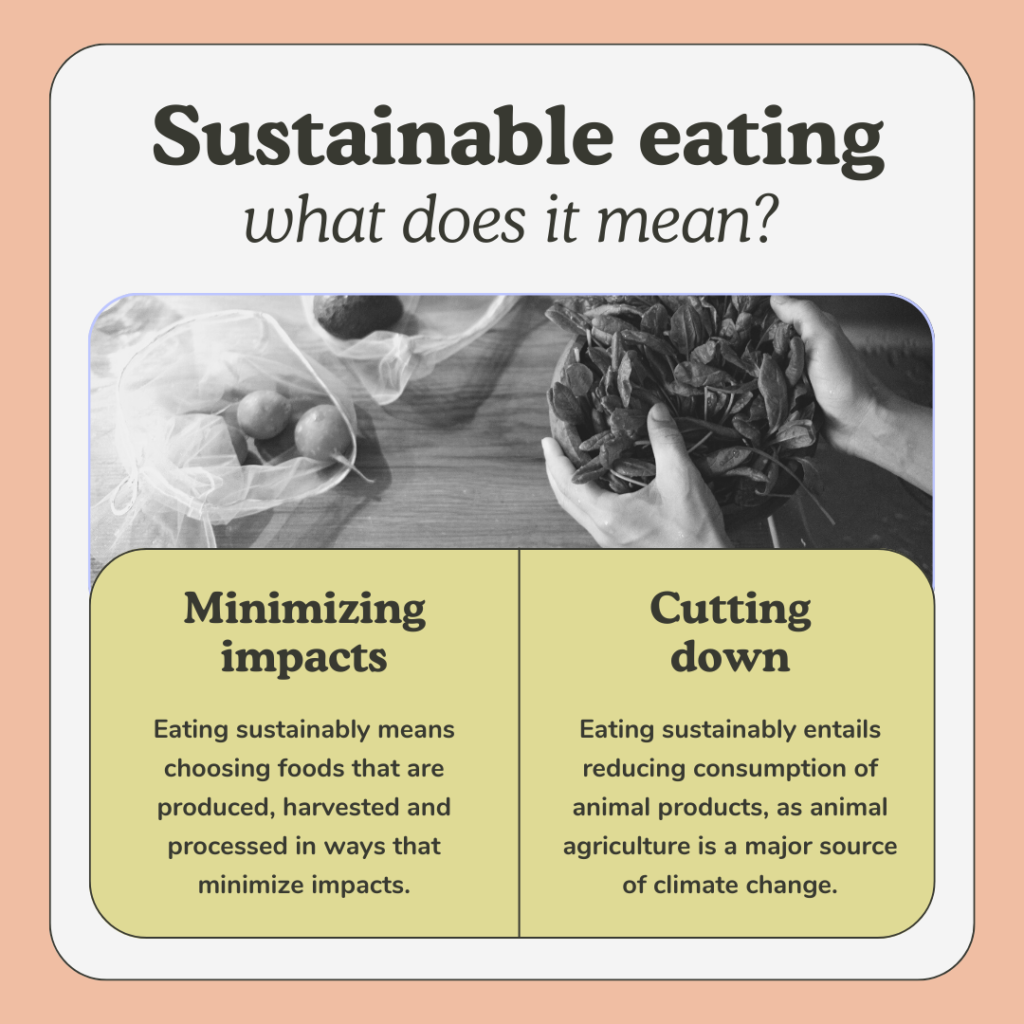
One of the most effective ways to reduce the environmental impact of our diets is by adopting plant-based eating habits. Plant-based diets emphasize fruits, vegetables, whole grains, legumes, nuts, and seeds while minimizing or eliminating animal products. By reducing our consumption of meat and dairy, we can significantly reduce greenhouse gas emissions, preserve land and water resources, and mitigate deforestation.
Plant-based diets offer numerous health benefits as well. They are rich in fiber, vitamins, and minerals, and have been linked to a lower risk of heart disease, obesity, and certain types of cancer. Transitioning to a plant-based diet doesn’t mean giving up all animal products immediately; it can start with small steps like Meatless Mondays or incorporating more plant-based meals into our weekly routine.
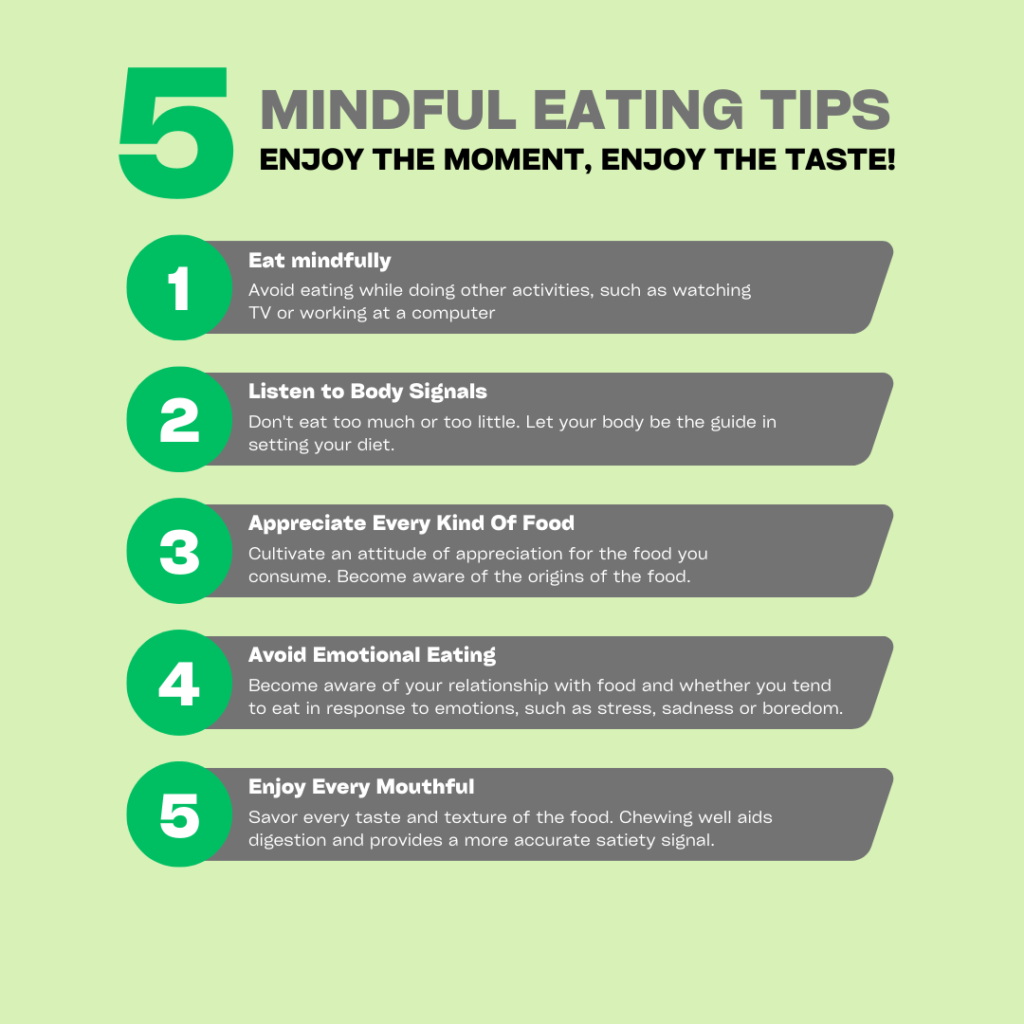
Reducing Food Waste
Food waste is a significant issue that further compounds the environmental impact of our eating habits. Approximately one-third of the food produced worldwide is wasted, contributing to unnecessary carbon emissions and resource depletion. Food waste occurs at various stages of the supply chain, from production and distribution to retail and consumer levels.
To combat food waste, we can take several actions. Planning meals, making shopping lists, and purchasing only what we need can help reduce excess food in our homes. Moreover, donating surplus food to food banks and composting food scraps can divert waste from landfills. By minimizing food waste, we not only reduce our environmental impact but also help address issues of food insecurity and hunger.
Supporting Sustainable Farming Practices
Sustainable farming practices play a vital role in minimizing the environmental impact of food production. Practices such as organic farming, agroforestry, and regenerative agriculture promote soil health, conserve water, and reduce the use of synthetic fertilizers and pesticides. These methods also help preserve biodiversity, enhance ecosystem services, and contribute to climate change mitigation.
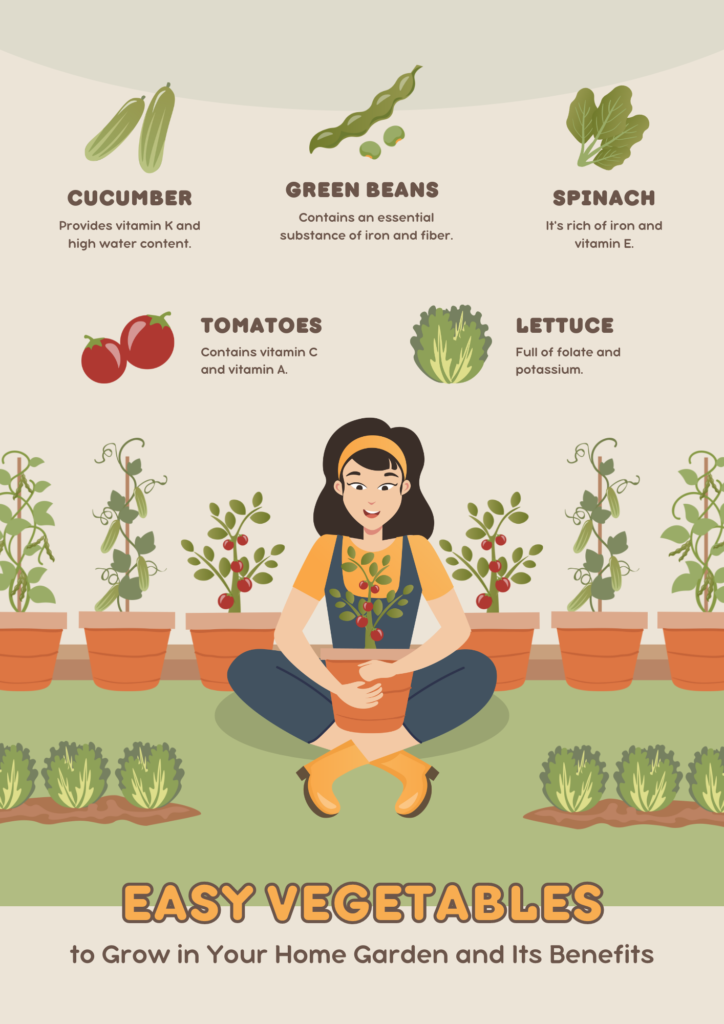
Obviously not that everyone can own a farm however, growing your own food at home is a rewarding and sustainable way to ensure a fresh supply of nutritious produce. Here are some plants you can easily grow at home for eating:
Herbs: Herbs like basil, parsley, cilantro, mint, and rosemary can be grown in pots or small containers. They require minimal space and provide fresh flavors to enhance your meals.
Leafy Greens: Lettuce, spinach, kale, and Swiss chard are excellent choices for home cultivation. They can be grown in containers or garden beds and provide a continuous harvest of nutrient-dense greens.
Tomatoes: Tomatoes thrive in warm weather and can be grown in larger containers or in the ground if you have a garden. Cherry tomatoes or compact varieties are suitable for smaller spaces.
Cucumbers: Cucumbers are vine plants that require support, such as trellises or stakes. They grow well in containers or garden beds and provide refreshing additions to salads and sandwiches.
Peppers: Bell peppers, chili peppers, and sweet peppers can be grown in containers or garden beds. They require warmth and sunlight, making them ideal for outdoor growing.
Green Beans: Pole beans or bush beans are versatile and easy to grow. They can be grown vertically on trellises or in containers, providing a bountiful harvest of fresh green beans.
Remember to provide the necessary sunlight, water, and appropriate soil conditions for each plant. Gardening is a learning process, so don’t be afraid to experiment and adapt to the specific needs of the plants you choose to grow. Enjoy the satisfaction of harvesting your own homegrown produce and incorporating it into your meals.
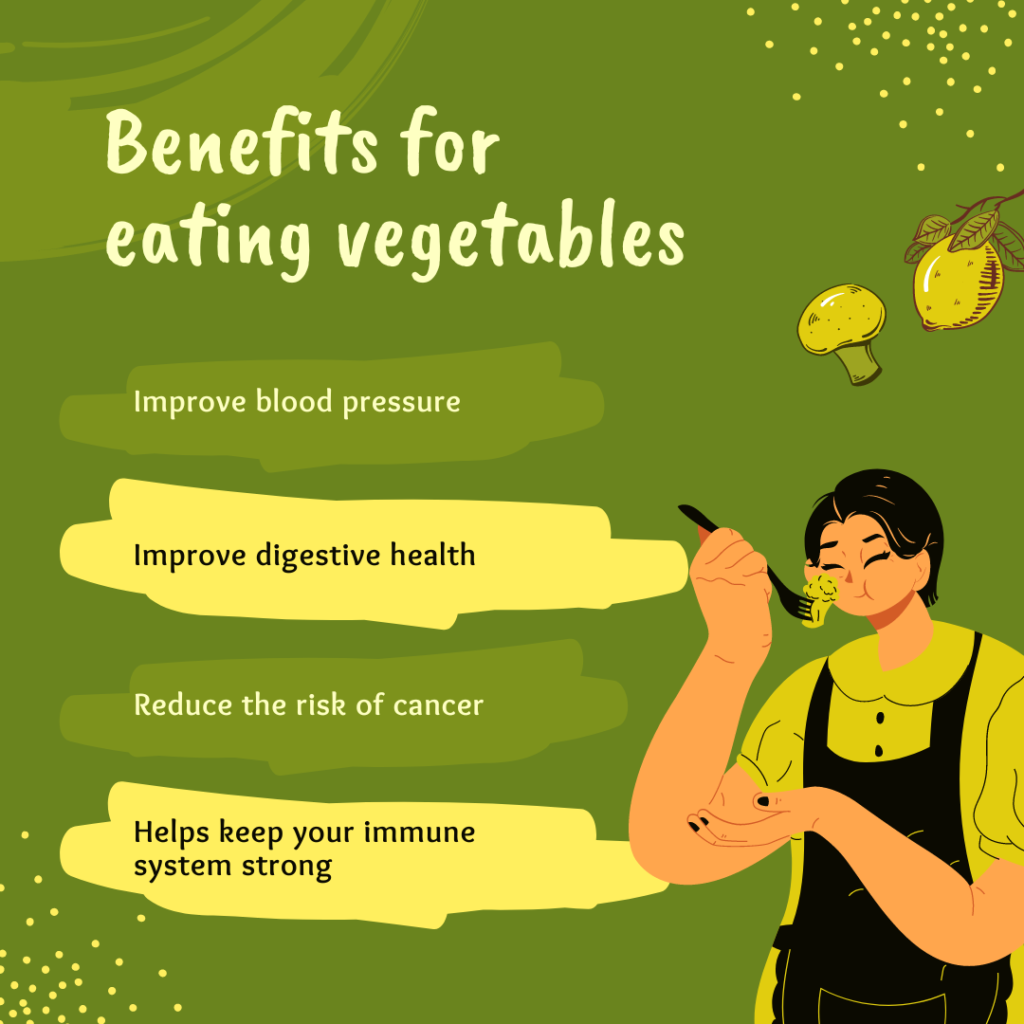
On this World Environment Day, let’s recognize the power of our daily food choices in shaping a sustainable future. By adopting plant-based diets, reducing food waste, and supporting sustainable farming practices, we can minimize the carbon footprint associated with food production and consumption. Remember, each meal is an opportunity to make a positive impact on the environment, our health, and the well-being of future generations.
Let’s choose wisely and embark on a journey towards a more sustainable and nourishing world.

What do you choose?
